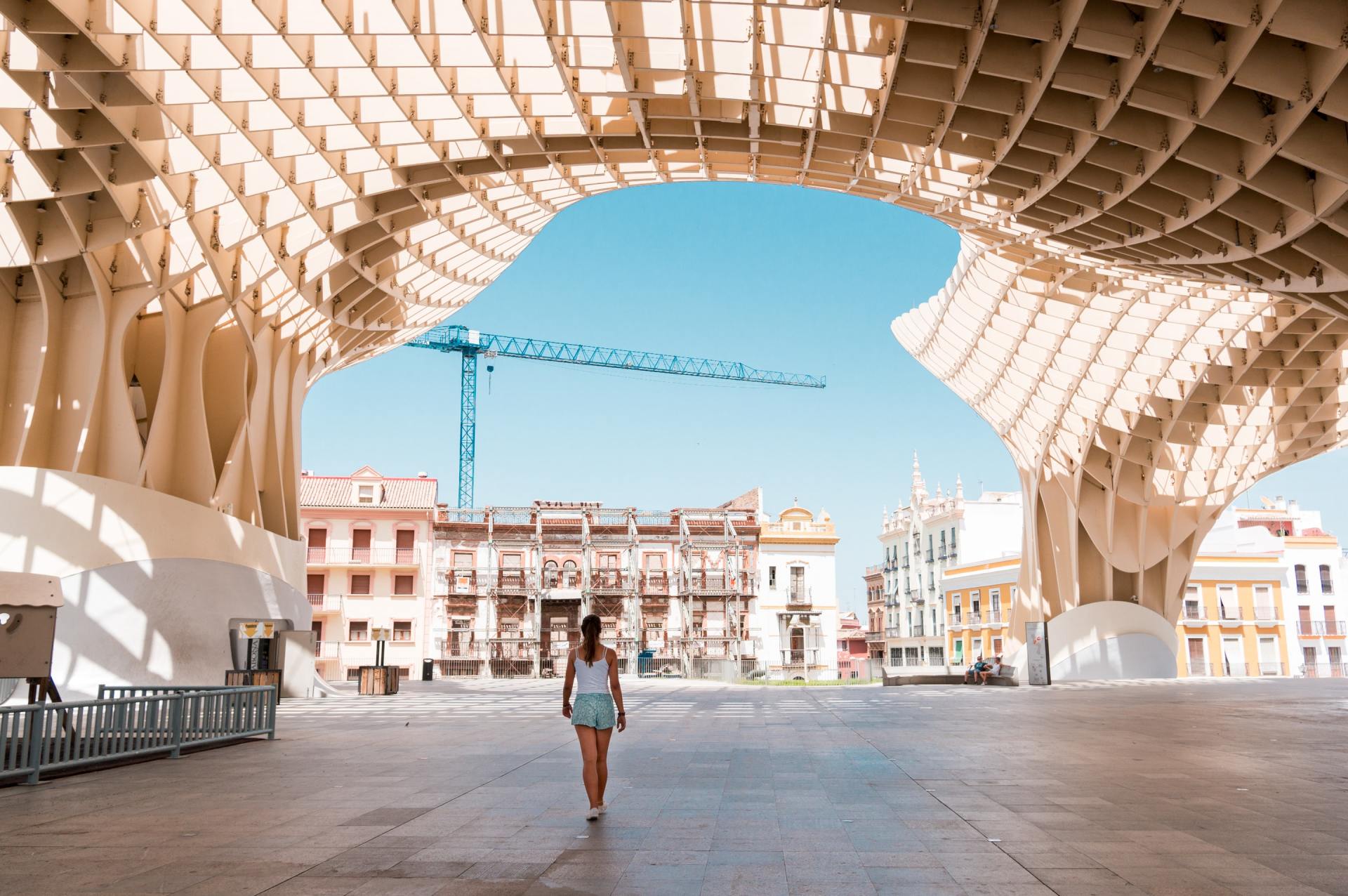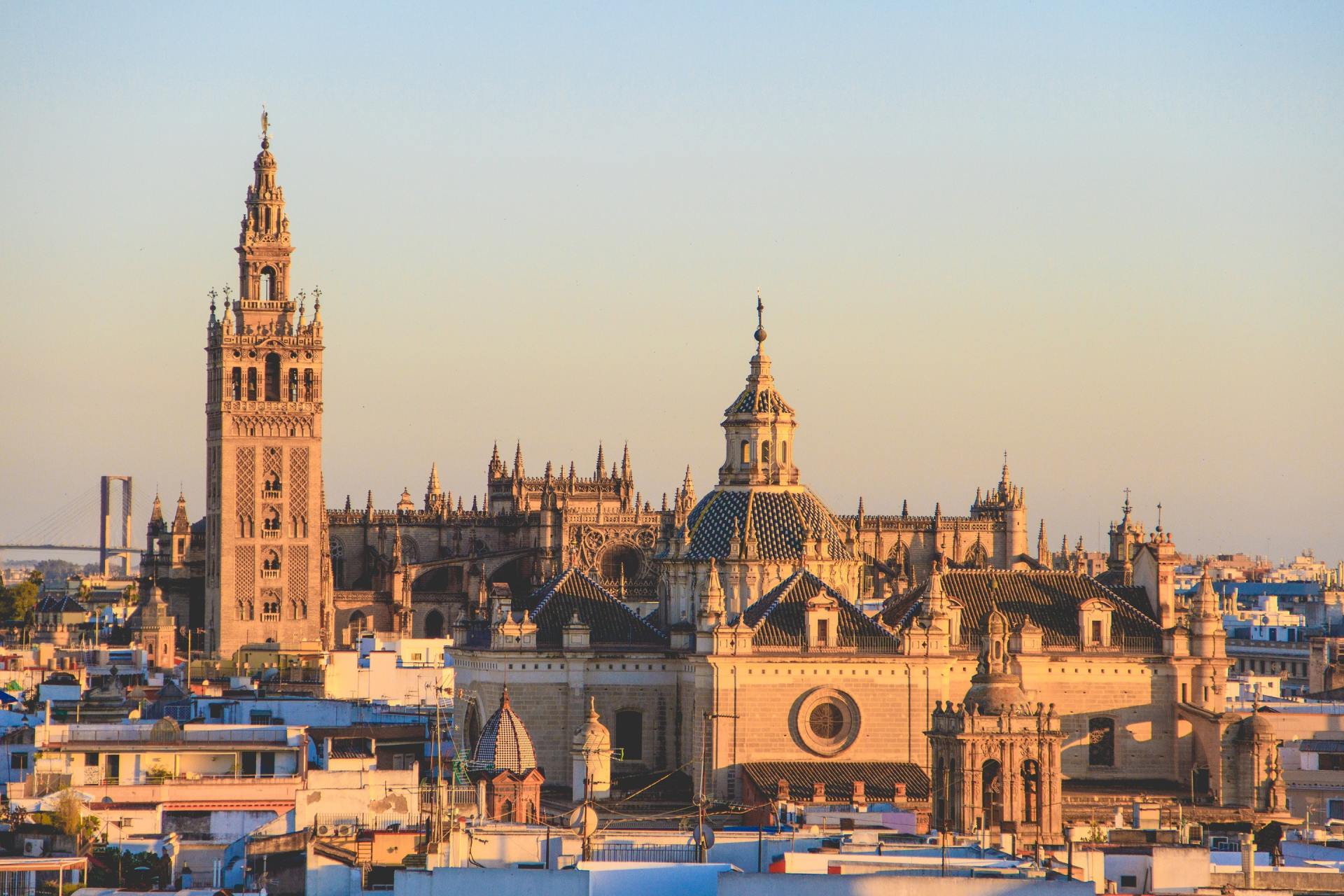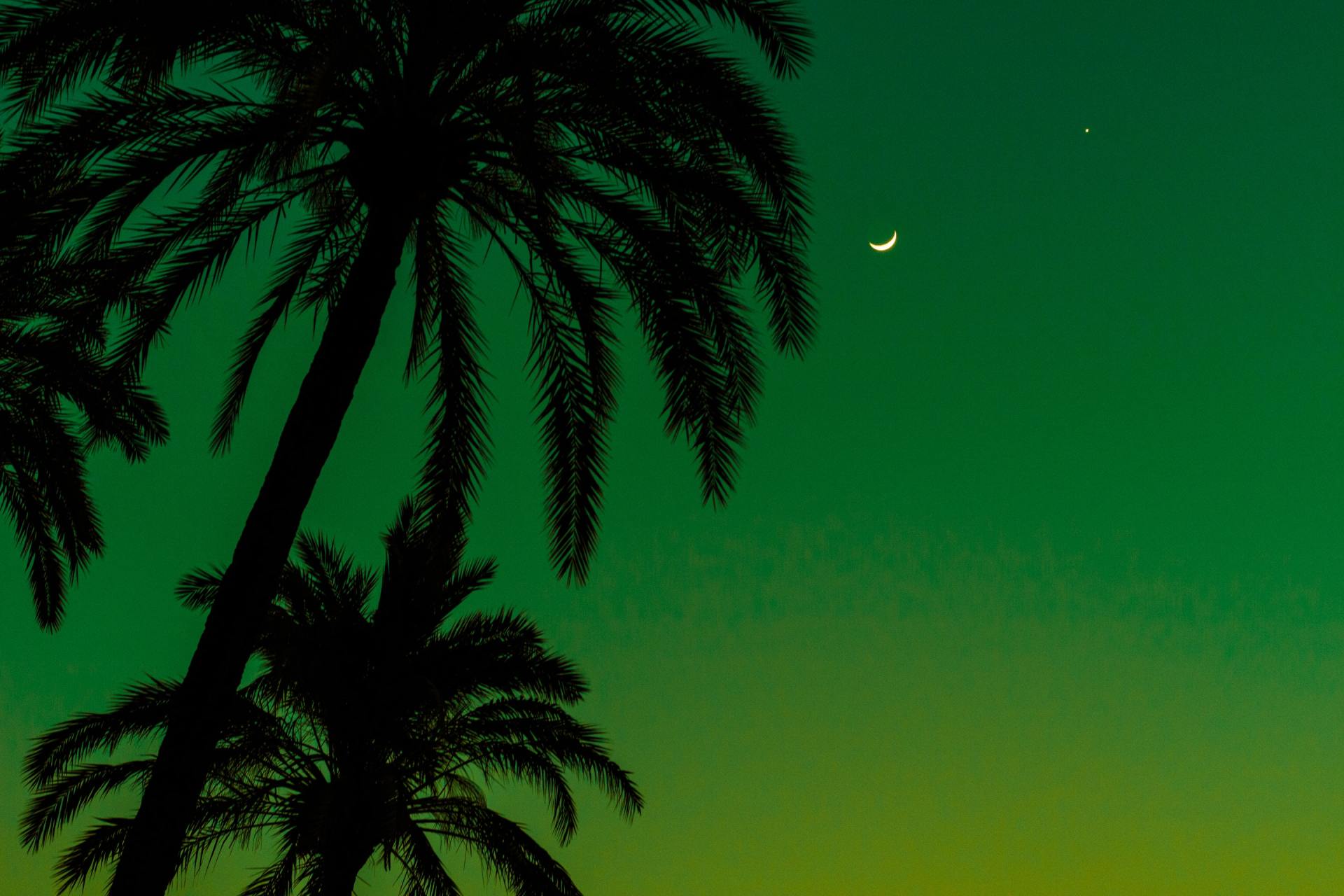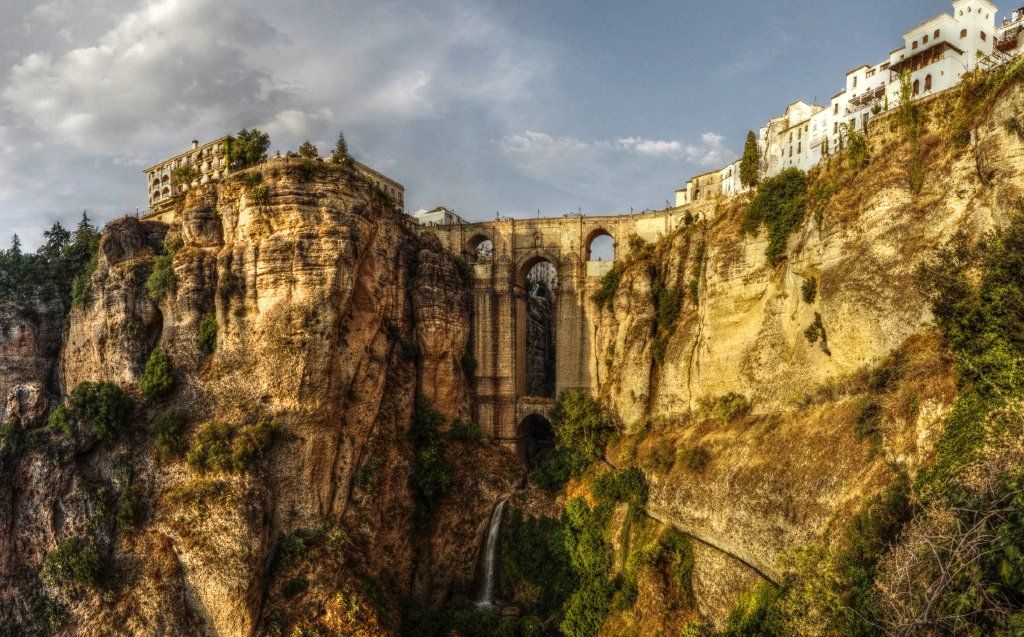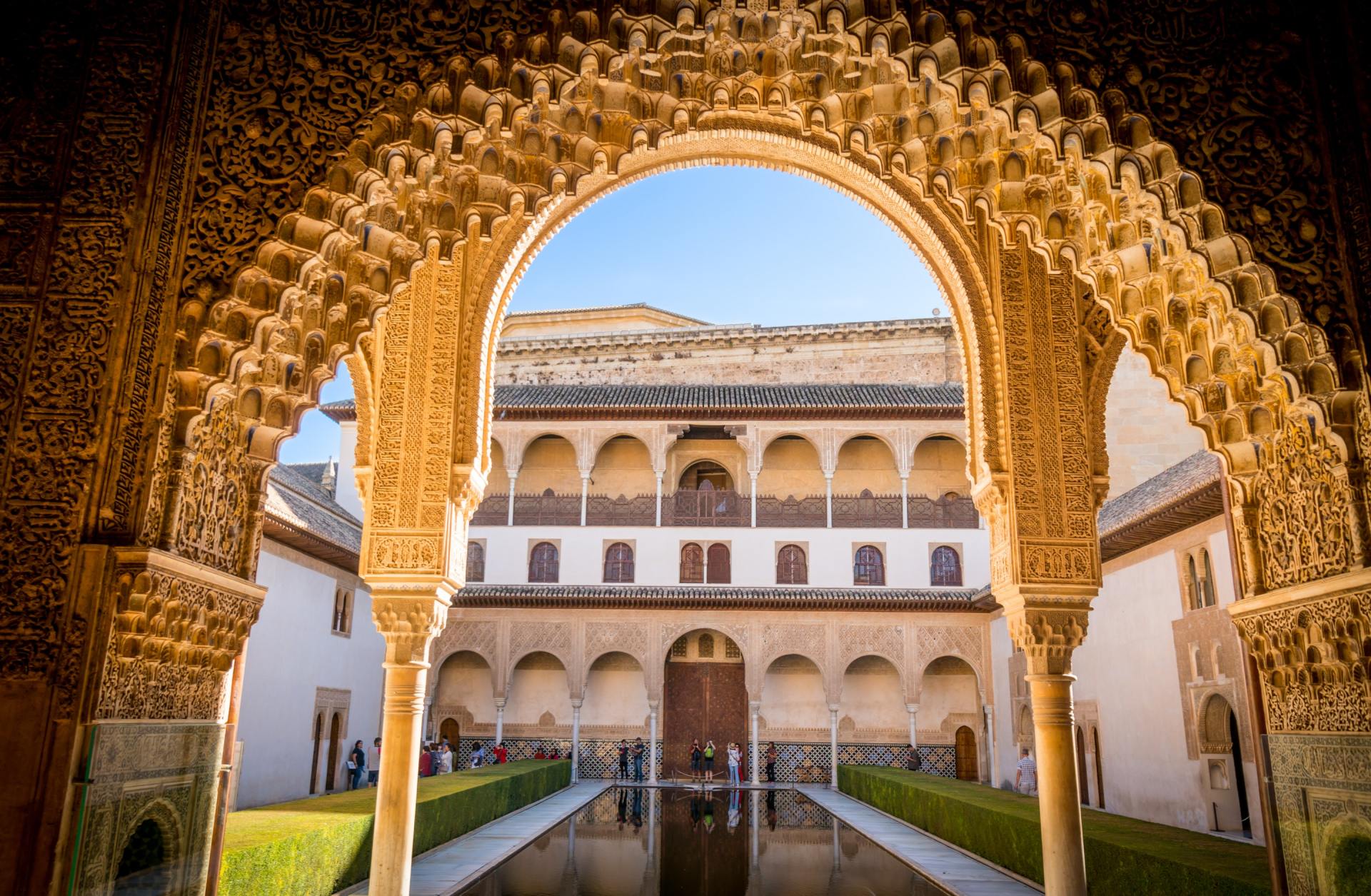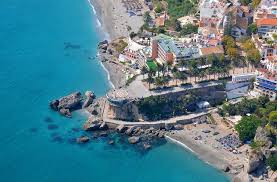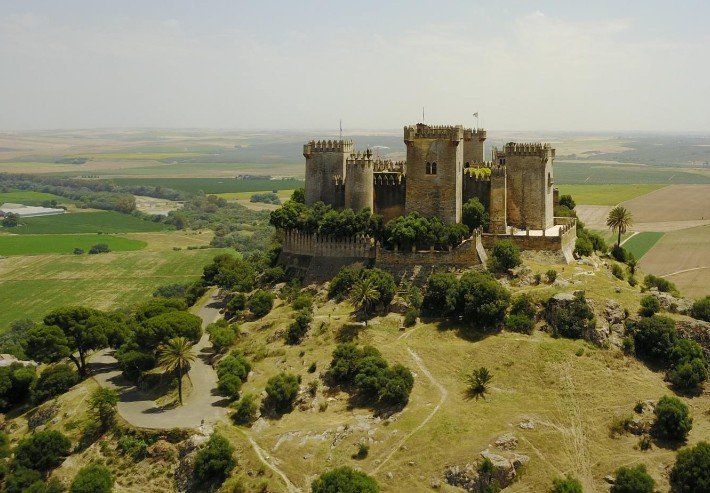A trip To Seville
Seville has a special colour, a popular Spanish song claims.
And you will see just why from the ornate tiles of the Plaza de España, which will be familiar to Star Wars fans, to the golden hue of the Giralda, the belfry of Seville Cathedral that began life as a mosque’s minaret.
Now you can discover the old world charm of the capital of Andalusia.
Plaza de España - Spanish Square
In 1914, Sevillian architect Anibal Gonzalez began designing a series of buildings in preparation for the upcoming 1929 Ibero-American Exhibition.
El Archivo General de las Indias
The General Archive of the Indies in Seville was created in 1785 at the behest of King Carlos III, with the aim of centralizing in one place documentation relating to the administration of españoles1 overseas territories hitherto scattered in various archives: Simancas, Cadiz and Seville.
Parque de María Luisa - María Luisa Park
Seville’s primary public park, the Parque de María Luisa stretches along the Guadalquivir River near the center of the city. Most of the park’s grounds were originally part of the gardens of the Palace of San Telmo and were donated to the city in 1893.
Barrio de Santa Cruz - Santa Cruz Neighborhood
The neighborhood was Seville’s Jewish quarter until the late 1300s, when synagogues were closed, homes were confiscated and thousands of Jewish people were either killed or forced to convert to Christianity. A neighborhood of narrow, cobbled alleys and streets, the barrio is filled with orange trees, colorfully tiled patios and small-scale plazas as well as a wide array of tapas bars and restaurants.
Torre del Oro - Golden Tower
Legend has it that this was the residence of the Moorish King, Almonated, who is said to have drank wine from the skulls of his enemies. Although more recent evidence seems to indicate that the King never actually lived in the building. Today’s structure was completed in the 18th century and completely remodeled in 1920 by the Duchess of Parcent.
Catedral de Sevilla - Seville Cathedral
Built on the site of a grand Almohad Mosque, Seville’s medieval cathedral was built to demonstrate Seville’s power and wealth after the Reconquista. At the time of its completion in the 16th century, it supplanted the Hagia Sophia as the largest cathedral in the world. It is still the third-largest church in Europe, and the biggest by volume.


